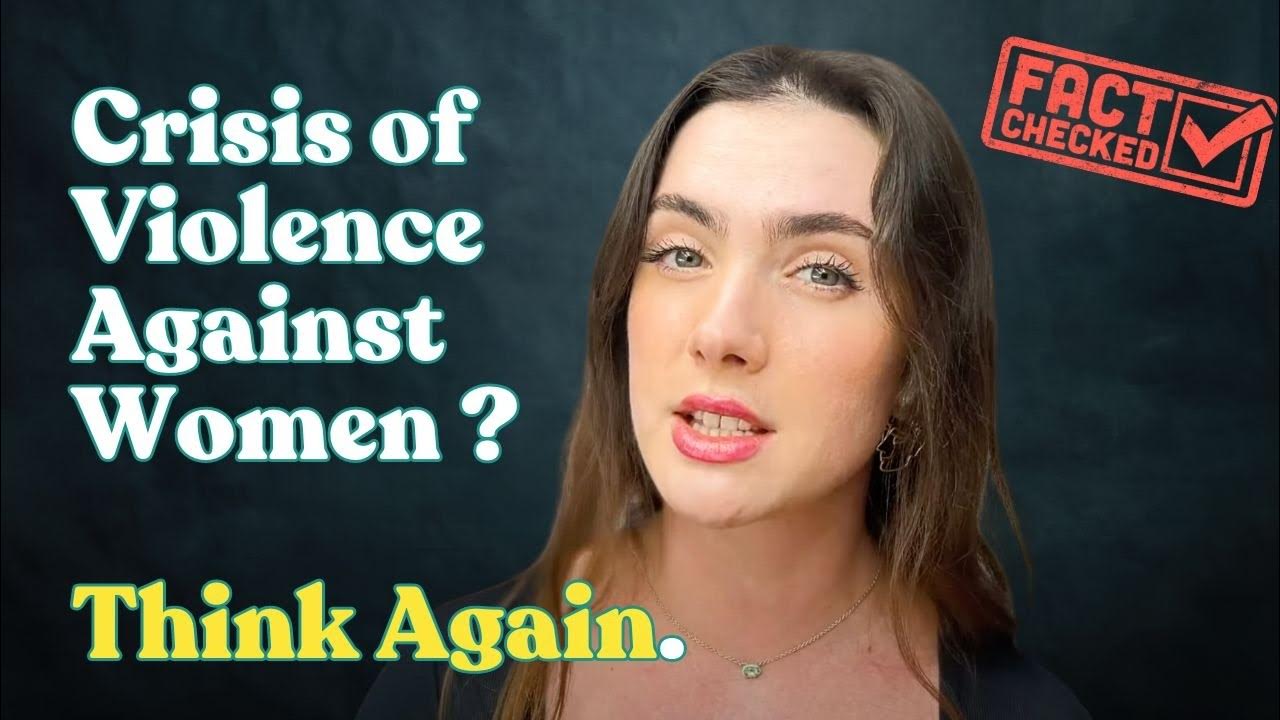3 Strikes and You're Out: After 20 Years, Is the Law Working? | Retro Report | The New York Times
Summary
TLDRThe video explores the rise of California's 'three strikes' law in the 1990s, a response to public outrage over violent crime, particularly after high-profile murders. It highlights the tragic story of Kimber Reynolds and the impact of her death on the community, leading to widespread support for the law. Initially intended to deter repeat offenders, the law ended up disproportionately affecting nonviolent criminals, leading to severe prison overcrowding. Critics argue that emotional responses to crime can result in flawed legislation, and recent reforms have sought to address these issues, reflecting on the need for a more balanced approach to criminal justice.
Takeaways
- 😀 The rise of violent crime in the early 1990s led to a public outcry for tougher sentencing laws.
- 😀 The tragic murder of Kimber Reynolds, a young college student, was pivotal in spurring support for the 'three strikes' law.
- 😀 'Three strikes and you're out' mandated life sentences for repeat offenders after three violent felonies.
- 😀 The law gained momentum after the kidnapping and murder of 12-year-old Polly Klaas, emphasizing the need for stricter penalties.
- 😀 The 'three strikes' law quickly spread beyond California, with 24 states and the federal government adopting similar measures.
- 😀 Despite a significant drop in crime rates, critics argue that the law led to disproportionate sentencing for nonviolent offenses.
- 😀 Many inmates received life sentences for minor crimes due to prior convictions, resulting in an overcrowded prison system.
- 😀 Law enforcement strategies, including increased police presence, contributed to the decline in crime rates alongside tough sentencing.
- 😀 Former district attorneys now regret the harsh application of the law, particularly for mentally ill and homeless individuals.
- 😀 California voters revised the 'three strikes' law in 2012 to only count serious and violent felonies as strikes, reflecting a shift in public sentiment.
Q & A
What event sparked the creation of the 'Three Strikes' law?
-The murder of Kimber Reynolds, an 18-year-old girl, by two career criminals who were on parole sparked public outrage and led to the proposal of the 'Three Strikes' law.
How did the media influence public perception of crime in the early 1990s?
-The media bombarded viewers with graphic coverage of violent crime, contributing to a climate of fear and anger about crime rates, which fueled support for harsher sentencing laws.
What was the primary objective of the 'Three Strikes' law?
-The primary objective was to keep repeat offenders off the streets by imposing life sentences for individuals convicted of a third felony.
How did the definition of a 'strike' differ in California compared to other states?
-In California, any felony could count as a third strike, leading to life sentences for nonviolent offenses, while most other states required that all three strikes be serious or violent crimes.
What was the outcome for many individuals sentenced under the 'Three Strikes' law?
-Nearly half of the inmates sentenced under the 'Three Strikes' law were serving life sentences for nonviolent crimes, highlighting the law's broad application.
What criticism did former Los Angeles District Attorney Gil Garcetti express about the law?
-Garcetti initially opposed the broad application of the law, believing it would waste resources on low-level offenders and advocated for more discretion in sentencing.
What impact did the 'Three Strikes' law have on California's prison population?
-The law contributed to significant overcrowding in prisons, as it filled them with individuals serving lengthy sentences for minor crimes.
What changes occurred to the 'Three Strikes' law in 2012?
-In 2012, California voters revised the law so that only serious or violent felonies would count as a third strike, allowing for the release of many nonviolent offenders.
What was the public's initial reaction to the 'Three Strikes' law?
-The public reaction was overwhelmingly supportive, driven by fear of crime and a desire for stricter punishment for repeat offenders.
How do experts view the effectiveness of the 'Three Strikes' law in reducing crime rates?
-Experts argue that while the law is credited with reducing crime, this decrease is also attributed to other factors, such as increased police presence and alternative crime reduction strategies.
Outlines

Cette section est réservée aux utilisateurs payants. Améliorez votre compte pour accéder à cette section.
Améliorer maintenantMindmap

Cette section est réservée aux utilisateurs payants. Améliorez votre compte pour accéder à cette section.
Améliorer maintenantKeywords

Cette section est réservée aux utilisateurs payants. Améliorez votre compte pour accéder à cette section.
Améliorer maintenantHighlights

Cette section est réservée aux utilisateurs payants. Améliorez votre compte pour accéder à cette section.
Améliorer maintenantTranscripts

Cette section est réservée aux utilisateurs payants. Améliorez votre compte pour accéder à cette section.
Améliorer maintenantVoir Plus de Vidéos Connexes
5.0 / 5 (0 votes)






